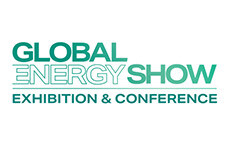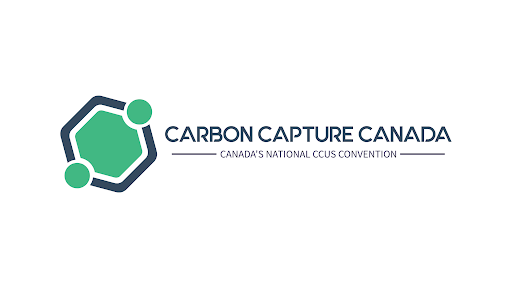County of Grande Prairie
.png)








Alberta is home to the fourth-largest oil reserves in the world
Canada ranks as the 4th largest natural gas producer in the world
in petrochemical projects planned, underway or have recently been completed in Alberta
"Our focus on the Grande Prairie region and the Greenview Industrial Gateway highlights our commitment to supporting and expanding product usage in the Grande Prairie area with businesses and partners and helps the economic benefits stay in the region. We expect more opportunities to be developed as more companies choose to locate and grow businesses."
Northwestern Polytechnic (NWP) is a research and innovation hub in the city of Grande Prairie. With faculty, staff and student researchers active in a range of specialty areas—including renewable energy, sustainable systems, data analytics, community enhancement, and human health and wellness—NWP has the expertise to support community initiatives and address persistent industry problems.
Northwestern Polytechnic is home to a clean technology innovation laboratory that aims to develop clean power options in collaboration with industry partners. The laboratory is equipped with a 500W EFOY-Pro methanol fuel cell and a complete photovoltaic array or and a full photovoltaic array.
Additional proposed Northwestern Polytechnic projects include the design, development and testing of a compact mobile solar power plant. In addition, there are options for small off-highway electric vehicles. For more information on Northwestern Polytechnic’s research initiatives, news and opportunities, visit nwpolytech.ca/research.
Partnering with Alberta’s oil and gas industry in energy research and monitoring, InnoTech aims and works toward becoming the leading consultant for the energy industry when seeking innovative solutions. The Energy services division primarily serves the upstream (production), midstream (production fluids gathering/ distribution/processing), and downstream (upgrading and refinery) production segments of the oil and gas industry.
Source: Innotech
Sources: Cityofgp.com | Agriculture.canada.ca | Lightcast | NBDC | Investalberta.ca
Alberta is a global leader in methane reduction. The province also boasts an abundance of affordable, low-emission blue hydrogen and is home to two of the world’s large-scale CCUS projects.
Alberta provides some of the lowest-cost renewable power in the world. The province’s unique geography and deregulated electricity grid make it ideal for utility-scale wind and solar projects.
Abundant supplies of low-decline and low-cost oil, coupled with an innovative and well-established oilfield services sector will help to maintain Alberta’s oil production for years to come.
As the digital landscape continues to evolve, data has become the cornerstone of innovation and progress. Alberta, with its dynamic tech ecosystem and strategic location, offers an ideal destination for data centres seeking a competitive edge.
Alberta has rich supplies of low-cost natural gas and is home to the largest hydrocarbon processing zone in Canada. The province counts two propylene derivatives plants and the country’s largest ethane cracking complexes.
Alberta is growing its market access through the construction and expansion of several pipeline projects, including the Coastal GasLink and the Trans Mountain Pipeline.

The County is as rich in opportunities as it is in
energy resources.
Ready for your next development? Discover your ideal project location today. Browse verified sites now!

10001 – 84 Avenue
Clairmont, AB
T8X 5B2
Phone: 780-532-9722
Fax: 780-539-9880
Email Us
Monday to Friday
8:30 a.m. to 4:30 p.m.
Copyright © 2025 by County of Grande Prairie No. 1. All rights reserved.
*Middle of Everywhere and the arrow icon are registered trademarks of the County of Grande Prairie No 1.
Copyright © Middle of Everywhere. All rights reserved. About this website.